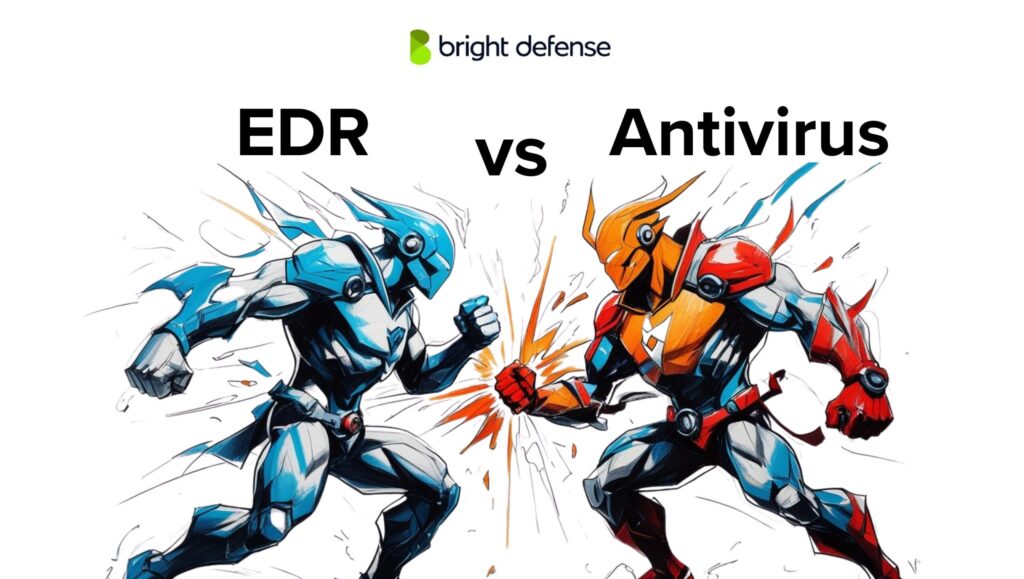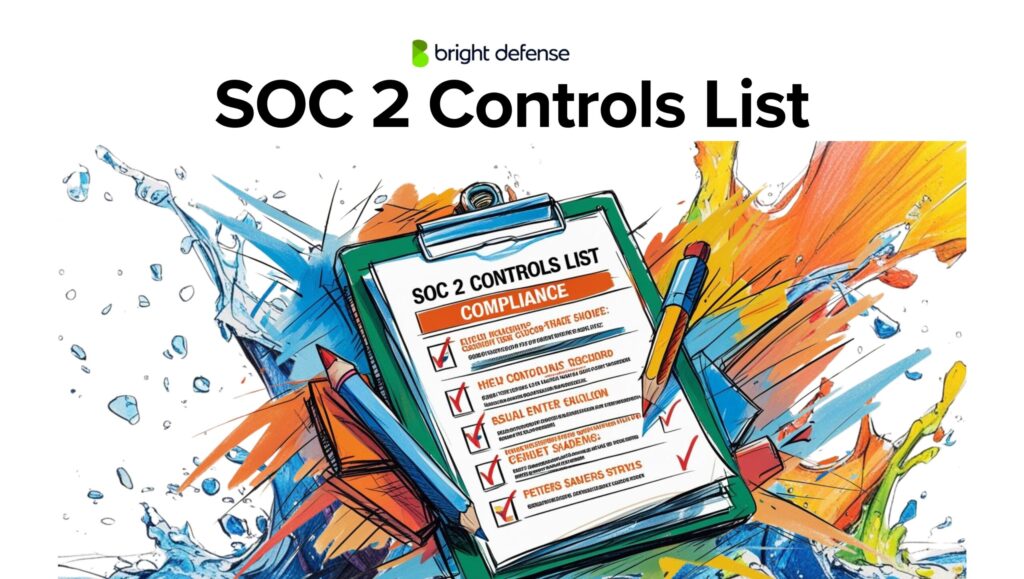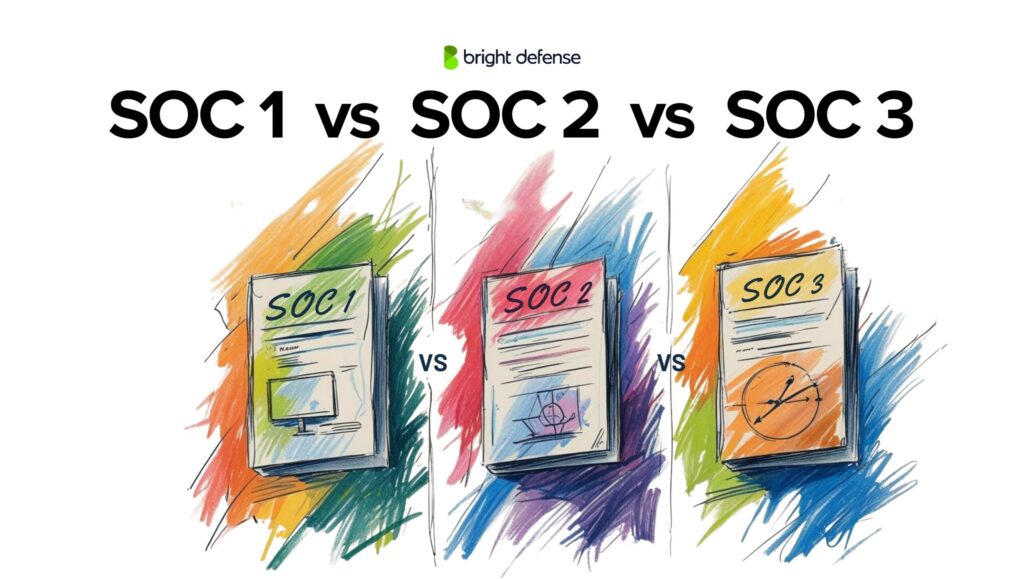
Tim Mektrakarn - CISSP | CISA | ISO 27001
June 28, 2025
What is AZRAMP?
In today’s digital age, cybersecurity isn’t just a buzzword—it’s a necessity. With increasing threats and data breaches, organizations need robust frameworks to manage risks and protect sensitive information. One such framework is AZRAMP, or the Arizona Risk and Authorization Management Program. Let’s dive into what AZRAMP is all about and see how it stacks up against similar frameworks like FedRAMP and StateRAMP, and how it aligns with NIST 800-53.
Understanding AZRAMP
So, what exactly is AZRAMP? Simply put, AZRAMP is a framework designed to help organizations in Arizona manage their cybersecurity risks. It aims to ensure that the state’s information systems are secure and compliant with relevant regulations. Whether you’re a government agency or a private entity, AZRAMP provides a structured approach to assess and manage your security posture.
AZRAMP’s main goals are to minimize cybersecurity risks, safeguard data, and ensure compliance with state and federal standards. It’s like having a comprehensive playbook for your cybersecurity strategy, helping you stay one step ahead of potential threats.

Key Components of AZRAMP
AZRAMP is built around three core components:
- Risk Management: Identifying, assessing, and prioritizing risks to minimize their impact on the organization.
- Security Assessment: Evaluating the effectiveness of security controls to ensure they meet the required standards.
- Continuous Monitoring: Keeping an ongoing watch over systems to detect and respond to security incidents promptly.
These components work together to create a robust security framework that evolves with the changing threat landscape.
AZRAMP vs. FedRAMP
Now, you might be wondering how AZRAMP compares to other well-known frameworks like FedRAMP. FedRAMP, or the Federal Risk and Authorization Management Program, is a government-wide program in the U.S. that standardizes security assessments, authorizations, and continuous monitoring for cloud products and services. AZRAMP uses the same controls you would find in FedRAMP which is based off NIST 800-53.
Similarities:
- Both AZRAMP and FedRAMP focus on risk management and continuous monitoring.
- They provide structured frameworks to ensure security and compliance.
- Both frameworks emphasize the importance of security controls and regular assessments.
Differences:
- Scope: FedRAMP is federal, covering cloud services used by federal agencies, while AZRAMP is specific to Arizona.
- Authorization Processes: FedRAMP has a more centralized authorization process, whereas AZRAMP may have variations based on state-specific requirements.
- Regulatory Requirements: FedRAMP aligns with federal regulations, while AZRAMP focuses on state-specific laws and guidelines.

AZRAMP vs. StateRAMP
StateRAMP, or the State Risk and Authorization Management Program, is another framework similar to AZRAMP but designed to meet the needs of state and local governments across the U.S. StateRAMP is a non-profit that manages the controls mapping to NIST 800-53. Various states, cities and higher education institutions join the program as members.
Similarities:
- Both focus on enhancing cybersecurity at the state level.
- They share similar components like risk management and continuous monitoring.
- Both aim to provide standardized security practices for state agencies.
Differences:
- Regulations: StateRAMP addresses a broader range of state regulations, while AZRAMP is tailored specifically for Arizona.
- Procedures: There might be differences in assessment and authorization procedures due to varying state requirements. StateRAMP assessments are performed by A2LA accredited assessors that can also assess FedRAMP.
- Governance: StateRAMP may have different governance structures compared to AZRAMP.

AZRAMP and NIST 800-53
NIST 800-53, developed by the National Institute of Standards and Technology, is a set of guidelines for federal information systems. It’s like the gold standard for security controls and risk management.
AZRAMP aligns closely with NIST 800-53, incorporating its security controls and risk management principles. Here’s how:
- Security Controls: AZRAMP adopts NIST 800-53’s comprehensive list of security controls to ensure robust protection. Control baselines are grouped in security baselines and typically service providers follow Low or Moderate baselines for AZRAMP compliance.
- Risk Management Framework: Both frameworks emphasize a structured approach to managing risks, from identification to mitigation.
- Continuous Monitoring: They share a focus on ongoing monitoring to keep systems secure against evolving threats.
- AZRAMP Assessments: To be accredited as an AZRAMP service provider, you must have an assessment performed by the Arizona Department of Homeland Security Cyber Command.
Aligning with NIST 800-53 ensures that AZRAMP not only meets state-specific needs but also adheres to federal standards, providing a high level of security assurance.
Benefits of AZRAMP
So, why should organizations consider implementing AZRAMP? Here are some key benefits:
- Improved Security Posture: With a structured approach to risk management, organizations can better protect their data and systems.
- Enhanced Risk Management: Identifying and mitigating risks effectively reduces the likelihood of security incidents.
- Regulatory Compliance: AZRAMP helps organizations meet state and federal regulations, avoiding potential legal issues.
- Increased Trust: Stakeholders, including customers and partners, gain confidence in the organization’s commitment to cybersecurity.
- State Requirement: The State of Arizona, cities, and higher education institutions in Arizona require AZRAMP for Cloud Service Providers hosting data or doing business with the state.
Challenges and Considerations
Implementing AZRAMP isn’t without its challenges. Here are a few to keep in mind:
- Resource Allocation: Ensuring you have the right resources, both in terms of personnel and technology—is crucial.
- Integration: Integrating AZRAMP with existing processes can be complex, requiring careful planning and execution.
- Evolving Threats: Staying ahead of constantly changing threats requires continuous monitoring and updates to your security strategy.
Tips for Overcoming Challenges:
- Prioritize training and development for your cybersecurity team.
- Use automation tools to streamline monitoring and assessments.
- Regularly review and update your security controls to adapt to new threats.
- Bring in knowledable experts to help you implement the program.

Conclusion
Frameworks like AZRAMP play a crucial role in protecting organizations. By understanding and implementing AZRAMP, organizations in Arizona can significantly enhance their security posture, manage risks more effectively, and ensure compliance with state and federal regulations. AZRAMP can also be a stepping stone into broader compliance with StateRAMP and FedRAMP for your organization, opening doors for additional contracts with other states and the Federal government.
If you’re looking to boost your organization’s cybersecurity, consider adopting AZRAMP with Bright Defense. Our team of security and compliance experts have knowledge with implement NIST 800-53 inside of Drata to help you monitor compliance on an ongoing basis. Let Bright Defense take your business to new heights today!
Get In Touch



